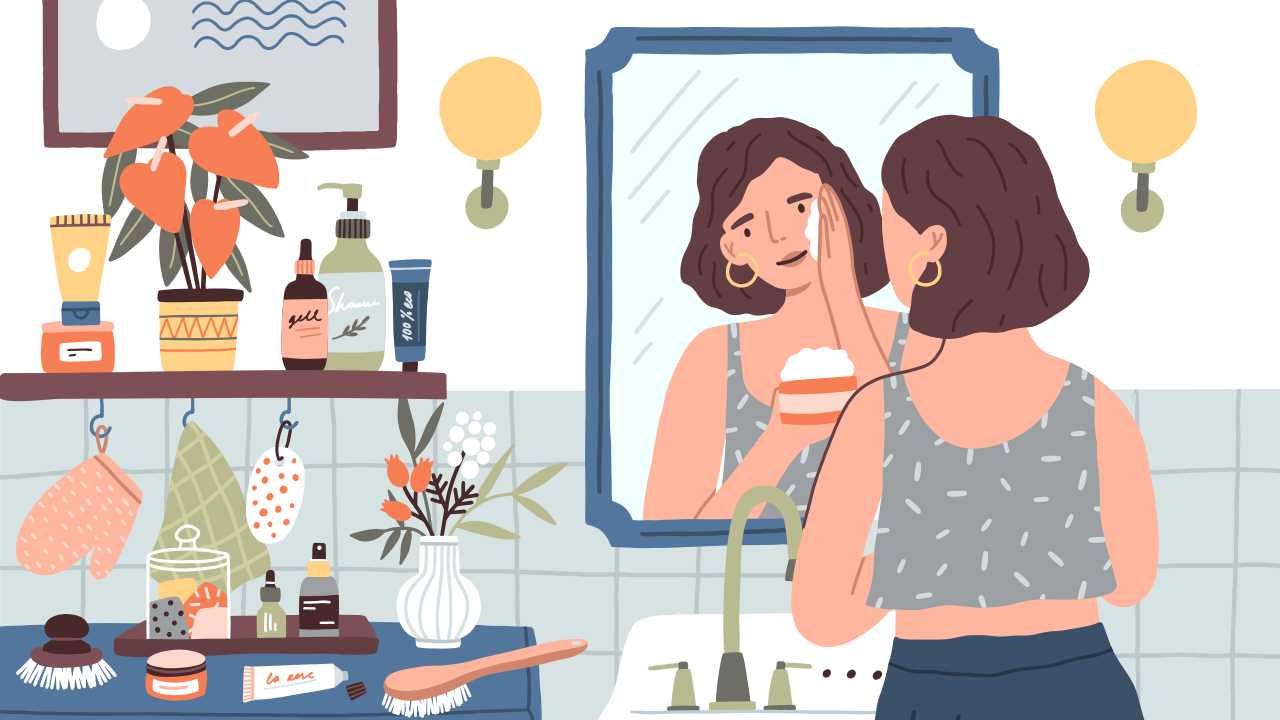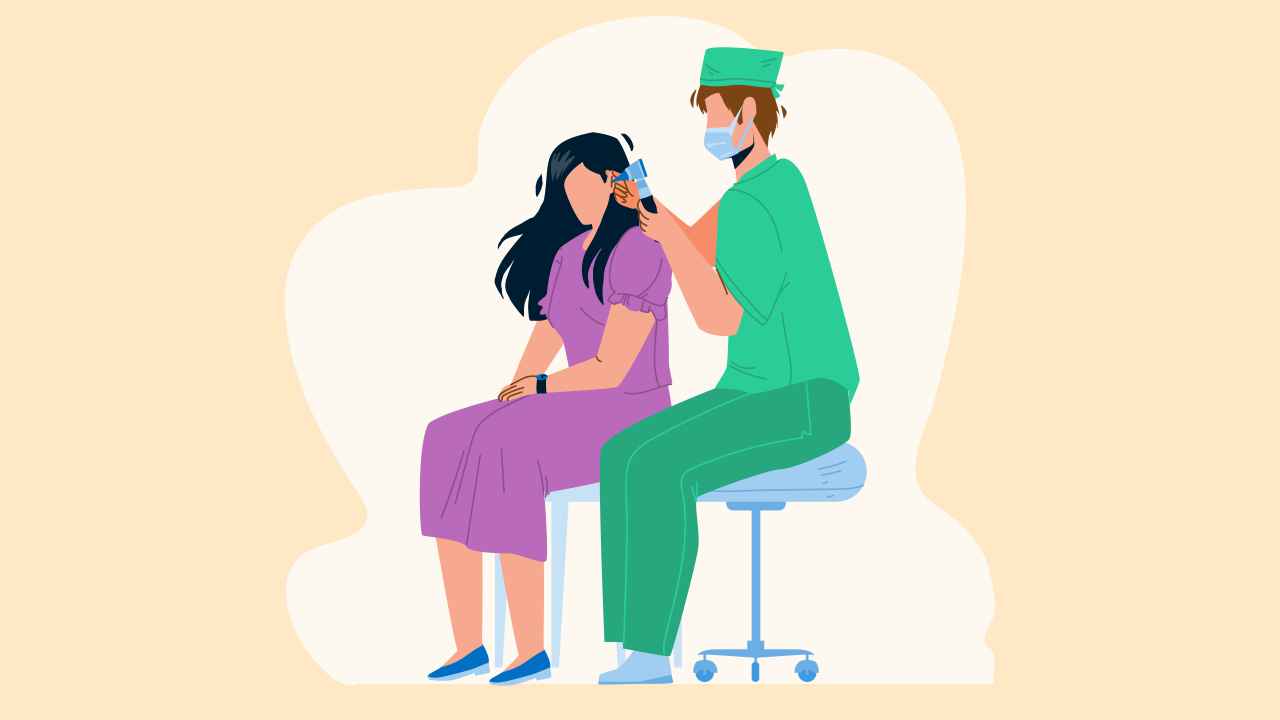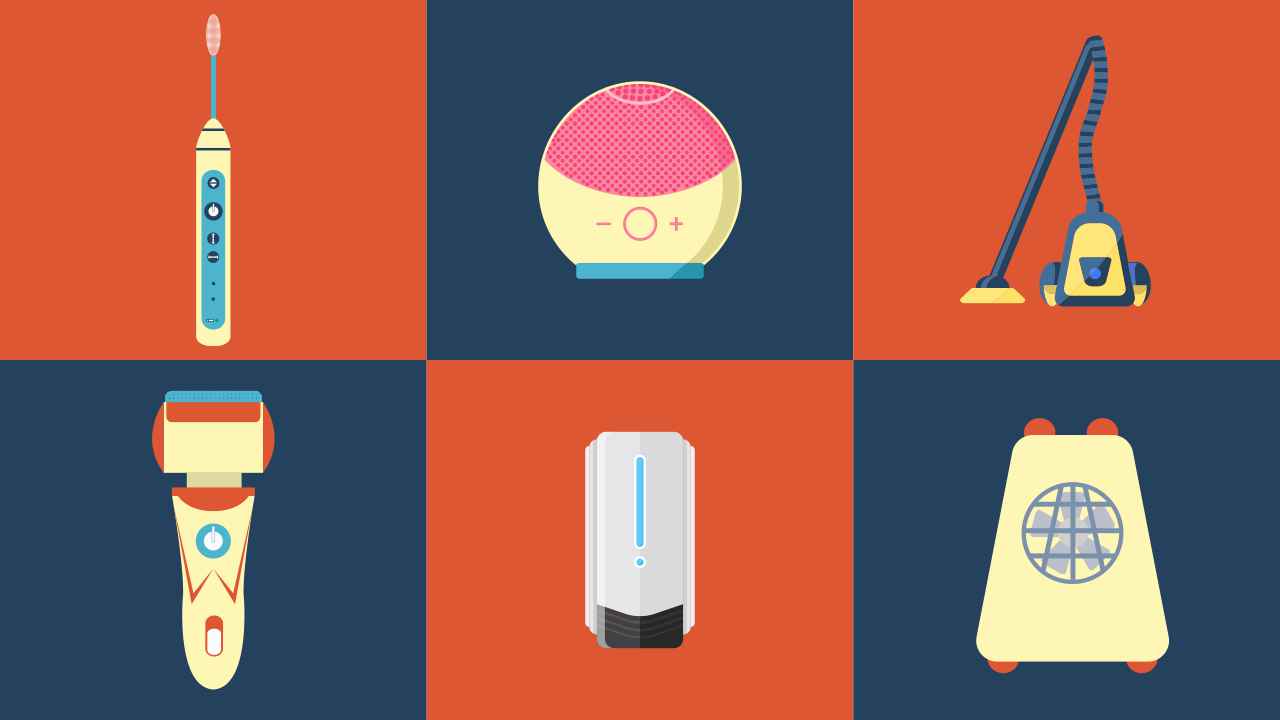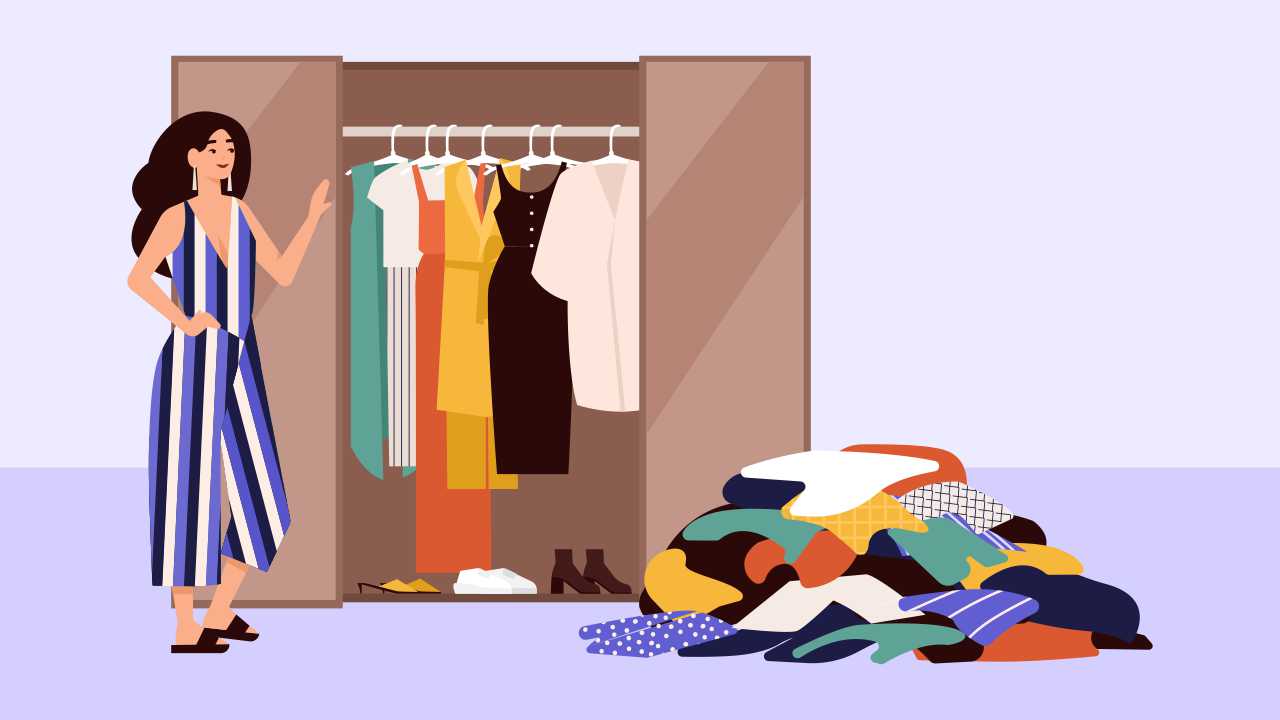
Foot Hygiene: Dos and Don’ts for Healthy Feet

Our feet take us places. From swinging off the bed to trot over to the coffee machine to going for a run to walking across the street — most of us are privileged to conduct these activities without paying any attention to them or the organs, which make it possible. Our feet however, need to be taken care of and hygiene is essential for their maintenance. Foot hygiene refers to simple day-to-day activities that can keep your feet clean and healthy.
A human foot is made of 26 bones, 33 joints — of which 20 are in constant articulation, and more than 100 muscles, ligaments, and tendons that help in locomotion and bear the weight of your body. It consists of toes, heel, and ball that form one of the most marvelous biomechanical systems of the human body.
What happens if you don’t take care of your feet?
Your feet carry the entire weight of your body and are in motion for a large part of the day. In the absence of proper foot hygiene practices and depending on the lifestyle and activities you indulge in, various problems might raise their head. Let’s find out about some of the common ones.
1. Athlete’s foot
It is known as tinea pedis and is the most common fungal infection that affects the skin of the foot, mainly the toes. It’s caused by heat and moisture, and manifests as cracked and white scaly skin with a red base. It can cause itching, burning, pain, and odor.
How to prevent it:
a. Wash and clean your toes every day and keep them dry
b. Change your shoes and socks regularly and do not walk barefoot
c. If you do suffer from athlete’s foot, you can use over-the-counter antifungal sprays, powder, and cream to treat it. Do not leave it untreated as it can be transmitted to other parts of the body and can infect other people as well through floors and mats
2. Hammer toe
Toes that have an odd angle or are bent are called hammer toes. They are mainly a result of ill-fitting shoes.
How to prevent it:
a. Wearing shoes that are comfortable and flexible can help fix hammertoes
b. Avoid wearing shoes that have pointy or narrow toe box
c. If it doesn’t help, doctors may insert foot pads to reposition the toes
3. Corns and calluses
They are the hard and thick part of the foot’s skin and appear when the skin is subjected to friction or pressure over a prolonged period of time, for instance, by wearing tight footwear. The thickening occurs as a defense mechanism to prevent injuries. Corns are generally smaller but more painful.
How to prevent it:
a. It might be a good idea to shop for shoes at the end of the day, as your feet tend to swell a little. It would ensure an accurate fit
b. Avoid shoes with sharp and pointed toes and heels
c. Replace shoes regularly when worn out
d. Trim your toenails
4. Blister
Blisters are wounds, which look like whitish bubbles filled with fluid. They are caused by the shoe rubbing against your skin. In case you develop a blister, simply put a band-aid on it. Do not pop them as they may get infected. Blisters generally heal on their own. But if they burst, it is advisable to clean the skin with an antiseptic solution and apply over-the-counter antibiotic creams.
How to prevent it:
a. Protect your feet by wearing shoes of the right size, i.e., they should not be too loose or too tight
b. Wear moisture-wicking socks to prevent chafing, which lead to blisters
c. Wear soft bandages or adhesive moleskin on feet to prevent chafing
d. You can use drying agents such as aluminum chloride or talcum powder to absorb sweat
5. Bunion
Bunion is a deformity in the foot, which appears as a bony bump at the base of the big toe joint. It’s usually the result of wearing high heels or tight-fitting or pointy-toed shoes. The severity and size of the bunion varies and in many cases, a surgery is needed to fix it. Wearing flexible shoes and supporting the arch can bring some relief.
How to prevent it:
a. Bunions can be prevented by wearing comfortable, flat shoes with enough toe space.
b. Doctors also recommend walking barefoot to strengthen muscles of the foot and allow the toes to be in their natural position.
Foot hygiene methods
A few simple practices can keep your feet clean and healthy. Here’s a ready checklist.
Clean your feet
- Wash and dry your feet, especially between the toes
- Moisturize your feet regularly, or else it will crack or form fissures
- Do not share pedicure instrument
Shoes
- Use shoes that fit you comfortably
- Alternate shoes every day to avoid fungal infections
- Do not share shoes and socks
- Never walk barefoot. This will protect your feet from injury as well as infections
- Avoid wearing heels as much as possible. If you prefer wearing heels, get ones with a broad base — wedges or blocks are preferable over pencil heels
- Replace your running shoes after they cover 350km
Nails
- Cut toe nails across and never in the corners. File the sharp edges
- Don’t try to cut ingrown nails on your own. Consult a doctor
Injuries
- Never ignore foot pain
- Pay attention to changes in appearance in terms of color and texture
- Do not shave calluses. Instead, use a pumice stone and skin softeners
Exercise
- Exercise regularly as it helps in conditioning the feet. But make sure that you use proper shoes for the exercise
- Roll a tennis ball under your feet for relaxing plantar fascia
As they say, prevention is better than cure. Taking care of your feet is much easier than suffering from related ailments, which can be debilitating and restrictive. Happy feet only ask for a little bit of effort and love.
References
1. Tips for Healthy Feet. WebMD. https://www.webmd.com/skin-problems-and-treatments/healthy-feet-tips (accessed Feb 26, 2021).
2. Dunleavy BP. 10 Common Foot Problems and How to Manage Them. Everyday Health. https://www.everydayhealth.com/foot-health-pictures/common-foot-problems.aspx (accessed Feb 26, 2021).
3. LaBarge M. 10 Tips for Maintaining Healthy Feet. HappyFeet Plus. 26 Feb 2021.
4. Morrison W. Ten common foot problems. Medical News Today. https://www.medicalnewstoday.com/articles/319190 (accessed Feb 26, 2021).
5. Wright WG, Ivanenko YP, Gurfinkel VS. Foot anatomy specialization for postural sensation and control. J Neurophysiol 2012; 107: 1513–21.














